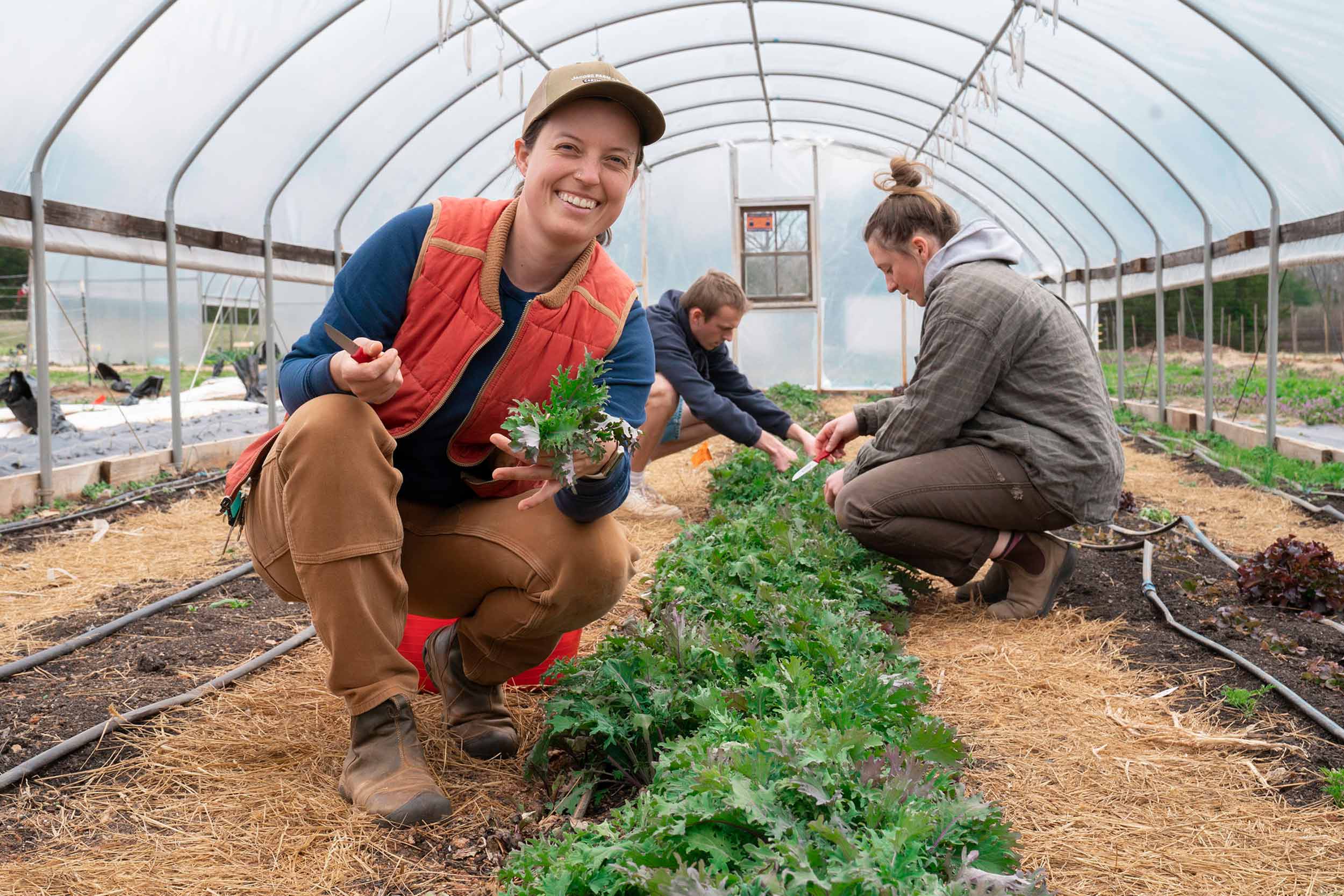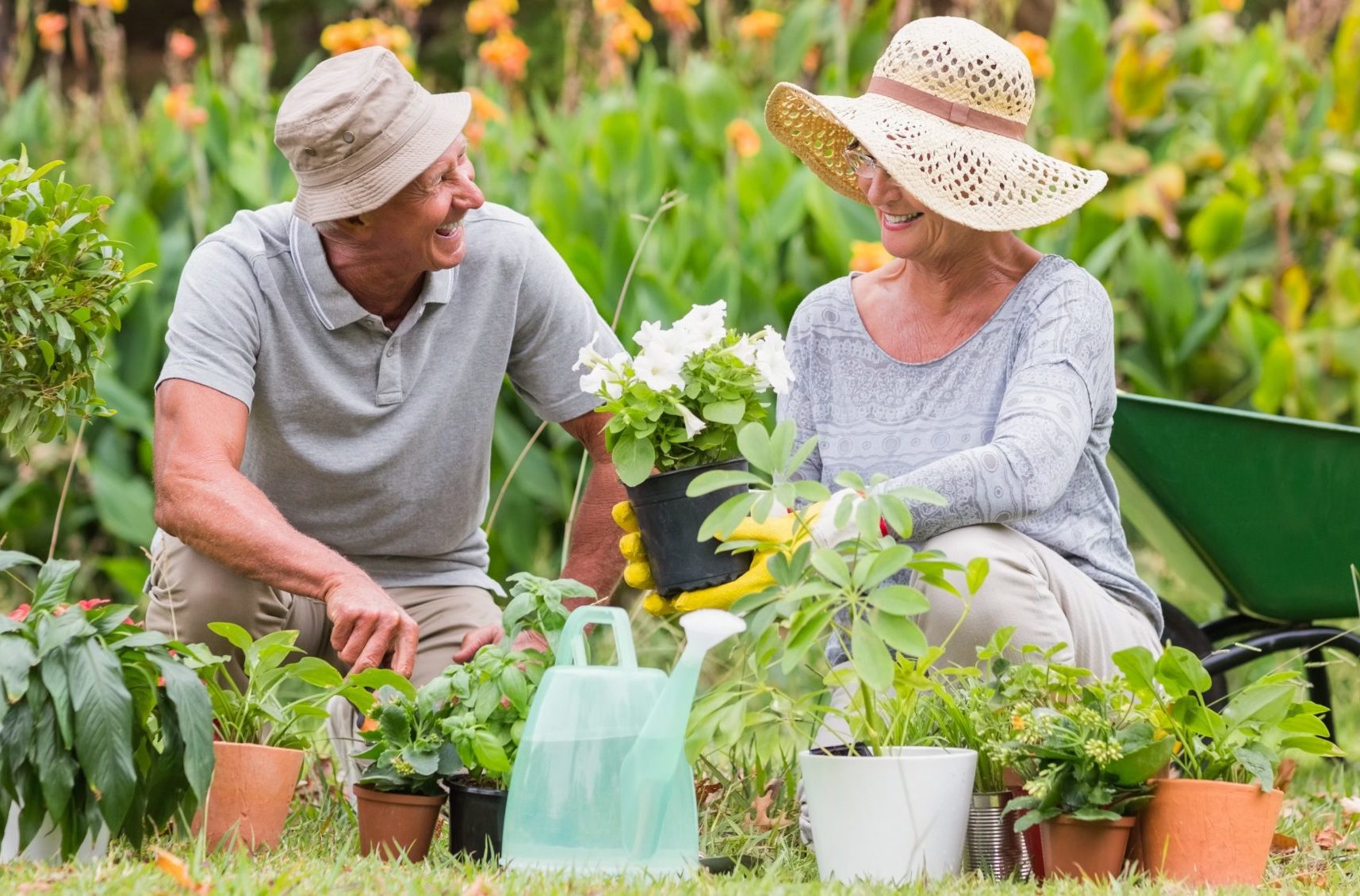Kickstart Your Gardening Journey: Building the Perfect Gardening Kit for Beginners
Wiki Article
From Seed to Sprout: A Novice's Overview to Horticulture Success

Choosing the Right Seeds
To ensure an effective garden, you require to choose the ideal seeds for your growing problems and preferred plants. When picking seeds, there are a couple of essential variables to think about. First of all, consider the climate in your location. Different plants thrive in different environments, so it's critical to pick seeds that are ideal for your specific region. If you stay in a hot and dry climate, for instance, you'll intend to pick seeds that are drought-tolerant and can hold up against heats. On the other hand, if you reside in a cooler environment with much shorter growing seasons, try to find seeds that have a much shorter maturity duration.An additional element to consider is the kind of soil in your yard. Some plants prefer sandy soil, while others grow in clay or loamy soil. Understanding the make-up of your soil will certainly aid you pick seeds that will certainly expand well in your garden. Additionally, think of the amount of sunlight your garden gets. Some plants, like tomatoes and peppers, require full sunlight to grow, while others, such as leafy environment-friendlies, can tolerate partial color.
Last but not least, consider your wanted plants and their certain requirements. If you intend to expand vegetables, pick seeds for varieties that you delight in eating which will grow well in your garden. Choose seeds for plants that will certainly enhance each various other in terms of shade, bloom, and height time if you're interested in blossoms. By thoroughly choosing the best seeds for your expanding problems and wanted plants, you'll establish on your own up for an effective yard.
Preparing the Dirt
Since you've picked the ideal seeds for your yard, it's time to prepare the soil for ideal growth. Preparing the soil is an important action in horticulture success, as it offers the foundation for your plants to grow.Begin by eliminating any weeds or debris from the location where you prepare to plant (home gardening for beginners). Weeds can contend with your plants for nutrients and water, so it's essential to do away with them before growing. Utilize a yard fork or hoe to loosen the soil, separating any kind of clumps and developing a loosened, brittle appearance
Next, it's time to boost the soil's fertility. Add organic matter, such as garden compost or well-rotted manure, to improve the soil and provide necessary nutrients. Spread out a layer of organic matter over the dirt and utilize a garden fork or rake to include it right into the top few inches. This will aid enhance drainage, dampness retention, and vitamins and mineral schedule for your plants.
The majority of plants choose a somewhat acidic to neutral pH, around 6.0 to 7.0. You can purchase a soil testing set from a garden facility or send a sample to a lab for evaluation.
Planting and Watering Methods
After preparing the soil, it's time for you to concentrate on growing and sprinkling methods to ensure the success of your yard. When it concerns growing, ensure to comply with the directions on the seed packets or plant tags. Different plants have various demands for planting depth and spacing. Dig a hole that is just the ideal size for the plant's roots and carefully place it in, making certain not to damage the roots. Fill up the opening with soil, carefully firming it around the plant.Watering is an essential action in horticulture. It is essential to sprinkle your plants correctly you could try this out to promote healthy growth. The key is to give sufficient water without sinking the plants. When watering, purpose to dampen the soil evenly, making sure that the water gets to the plant's origins. Prevent overwatering, as this can bring about root rot and other troubles. A great guideline is to water deeply yet less often, enabling the soil to dry out a little between sprinkling sessions.
To determine when to water, examine the wetness degree of the dirt by inserting your finger about an inch deep. If it feels dry, it's time to see post water. Take into consideration using a watering can or a hose with a gentle spray nozzle to avoid harmful delicate plants.
Nurturing and Preserving Your Yard
Take the time to on a regular basis take care of and have a tendency to your yard to guarantee its ongoing development and success. Nurturing and keeping your yard is important in order to maintain your plants healthy and balanced and thriving. One important facet of garden maintenance is weeding. Routinely eliminate any type of undesirable plants that might take on your yard for nutrients and area. Additionally, on a regular basis examine your plants for any type of signs of diseases or pests. Early discovery can stop the spread of dangerous insects or illness and conserve your plants from irreparable damages. One more essential job is trimming. Trim back thick branches and remove dead or diseased components of plants to promote healthy and balanced growth. It is also important to supply sufficient water and nutrients to your garden. Water your plants frequently, taking treatment to prevent overwatering, as this can cause root rot. Use plant foods to provide essential nutrients that may be lacking in your dirt. Don't forget to mulch! Using a layer of mulch around your plants aids preserve dampness, suppress weeds, and manage dirt temperature. By consistently looking after and maintaining your yard, you will certainly ensure its ongoing development and success.Harvesting and Enjoying the Fruits of Your Labor
When can you begin enjoying the rewards of your difficult work in the yard? The solution relies on the sort of plants you have grown. Some veggies, like lettuce and radishes, can be gathered as soon as they get to a desirable size (gardening tips for beginners). Others, such as blog here tomatoes and peppers, call for a longer growing season before they are ready to be selected.To figure out if your vegetables are prepared for harvest, you require to look for specific indicators. They should easily remove from the vine when gently pulled.
When harvesting, it is very important to utilize the correct tools and methods. A sharp pair of trimming shears or a yard blade can be made use of to cleanly reduce vegetables from the plant. Make sure to harvest in the morning when the temperature levels are cooler, as this will certainly assist keep the freshness of your produce.
When you have actually gathered your vegetables, it's time to appreciate the fruits of your labor. Fresh chosen vegetables can be made use of in a variety of delicious dishes, from salads to stir-fries. Conversely, you can preserve your harvest by canning, freezing, or drying them to appreciate throughout the year.

Final Thought
Congratulations! You have now discovered the necessary steps to achieve gardening success, from selecting the best seeds to gathering the fruits of your labor. By following these beginner-friendly techniques, you are well on your method to nurturing a growing garden. Remember to give your plants the care and focus they require, and soon you will certainly be appreciating the beauty and bounty of your extremely own garden. Satisfied gardening!To ensure a successful yard, you need to select the best seeds for your growing conditions and wanted plants. By thoroughly selecting the best seeds for your expanding conditions and preferred plants, you'll set yourself up for a successful garden.
Weeds can complete with your plants for nutrients and water, so it's crucial to obtain rid of them prior to planting. When it comes to growing, make sure to comply with the guidelines on the seed packages or plant tags. Different plants have different needs for growing deepness and spacing.
Report this wiki page